
Indulge in the exquisite blend of Japanese miso and crisp vegetables with this simple yet enticing vegetable misozuke recipe. Dive into the palate-enchanting world of umami-infused pickles, expertly crafted through the traditional Japanese pickling method. This culinary journey not only promises a symphony of flavors but also offers the nutritional advantages inherent in this time-honored technique.
Misozuke, which translates to “miso pickling” in Japanese, is a simple method of making traditional Japanese pickles, known as tsukemono. Utilizing miso paste, these pickles can be effortlessly prepared at home, providing a long-lasting preservation method for various ingredients.
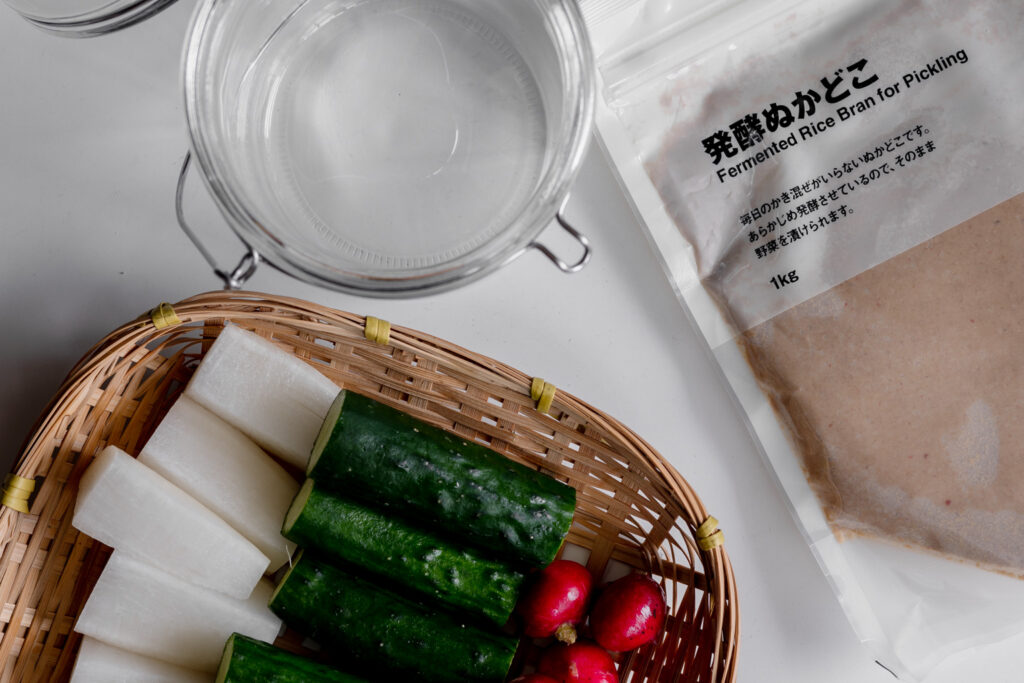
What is Vegetables Misozuke?
Vegetables Misozuke is a traditional Japanese dish where fresh vegetables are fermented in a mixture of miso, sake, and sometimes mirin. This fermentation process not only preserves the vegetables but also imparts a deep, savory umami flavor that elevates them to a gourmet experience. The result is a harmonious blend of savory, sweet, and slightly tangy notes that dance on your palate.
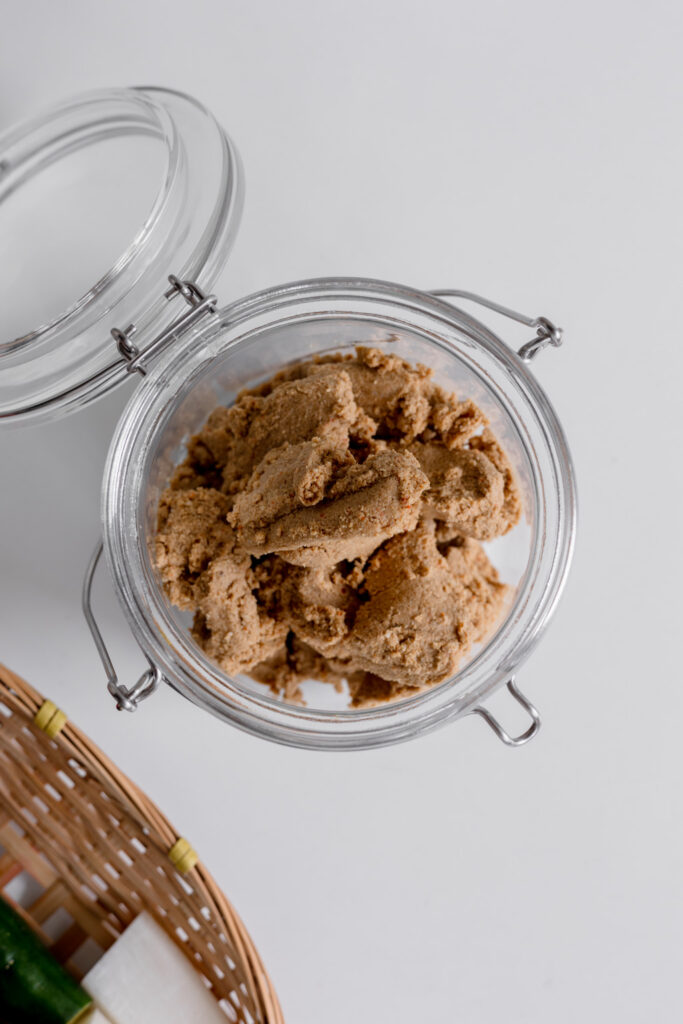


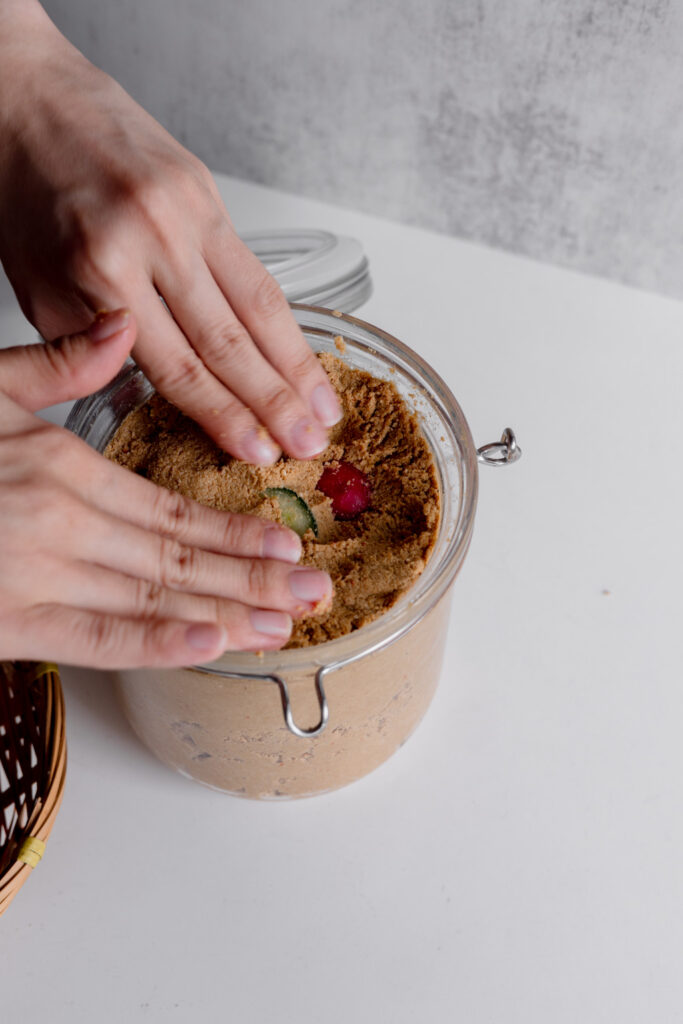
How does Misozuke work?
Misozuke (味噌漬け) involves pickling various ingredients in a mixture containing miso or miso-based seasoning. This term can refer to both the pickling process and the resulting miso-pickled food. Common ingredients for misozuke encompass vegetables like cucumber, carrot, burdock root, daikon, eggplant, and celery, as well as meat, fish or seafood, tofu, cheese, and egg yolk. Following the pickling process, vegetables are typically consumed in their raw state, while meat and fish are often baked or cooked.
Once the ingredients are placed in the misozuke mixture, it is advisable to refrigerate them. If you don’t plan to consume misozuke with meat or fish within the same week, freezing is an option, but it is recommended to cook it promptly.
For ingredients with high moisture content, it is crucial to extract excess moisture before pickling to prevent mold growth, particularly for longer marination periods. When dealing with fish, salting and drawing out excess moisture is recommended. Vegetables with substantial water content, such as daikon radish and cucumber, can be sun-dried (for one day), dried under shade (for one day), or treated with salt (either by sprinkling salt or soaking in saltwater with a concentration of 5% to 20%).
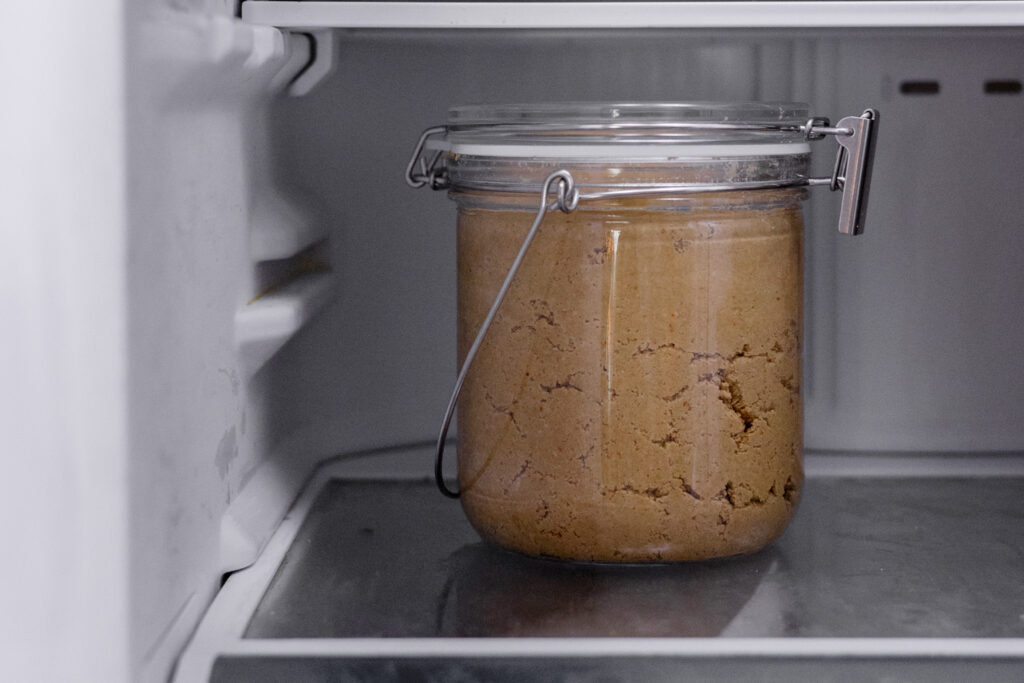
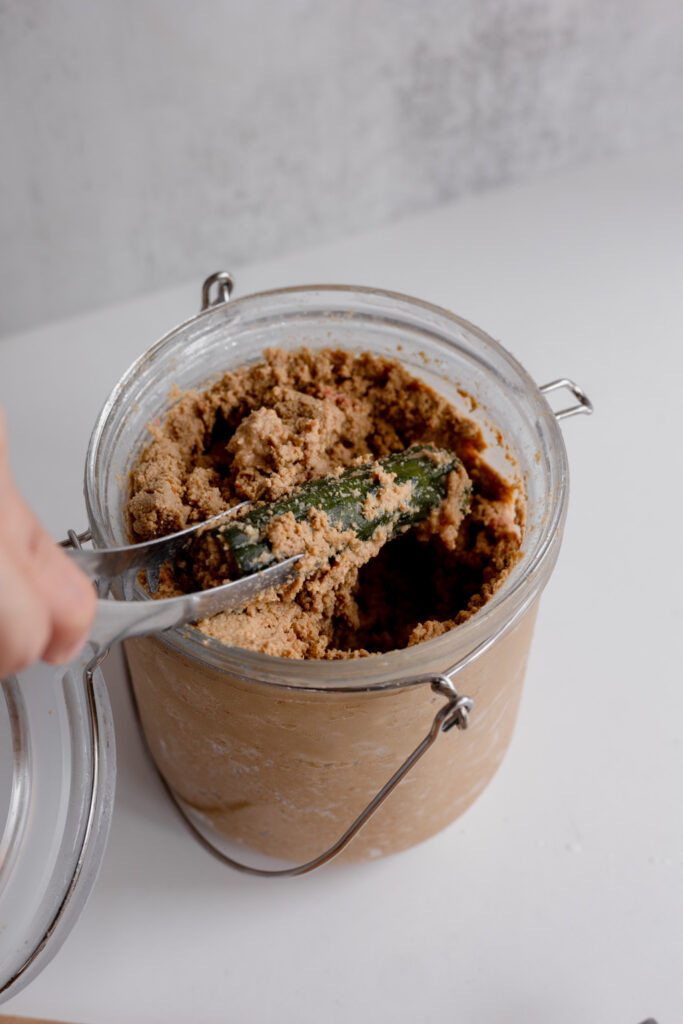


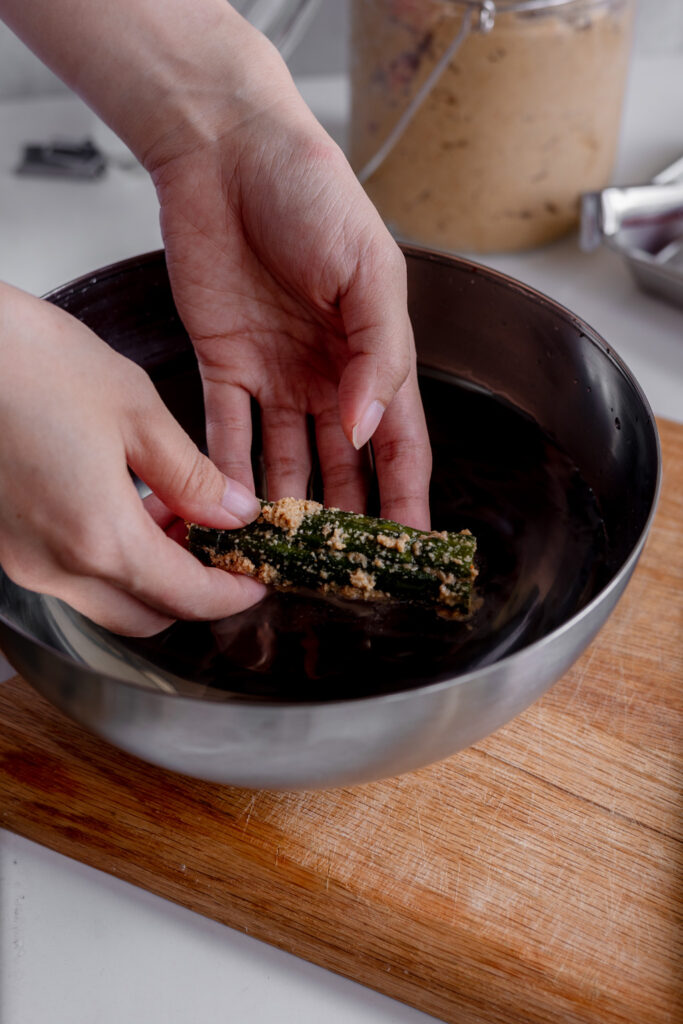
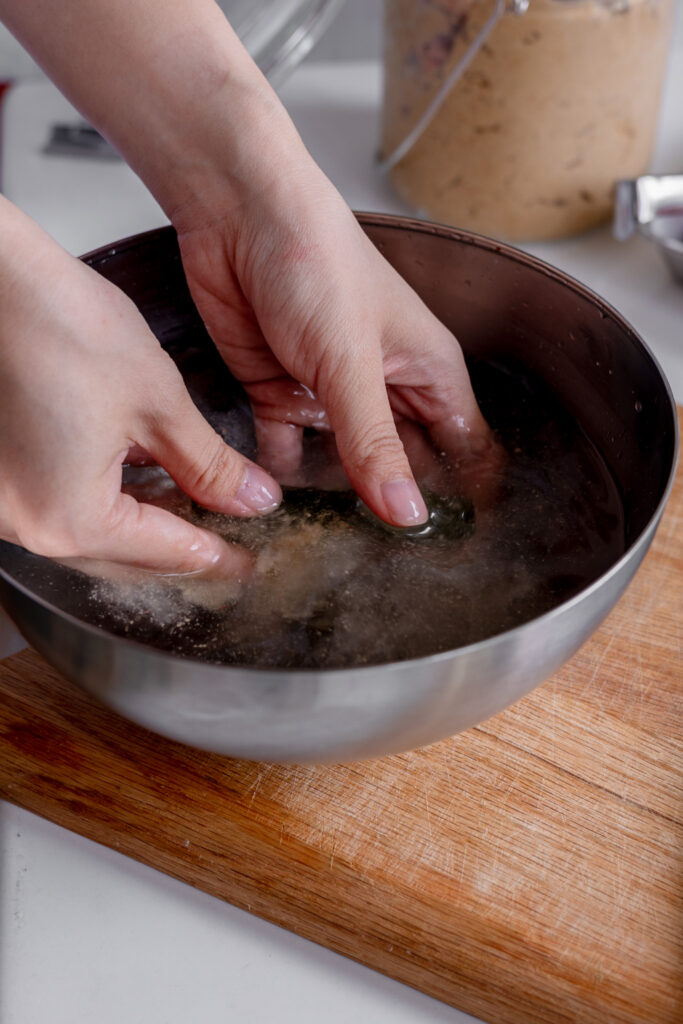



Optimal Pickling Time for Misozuke
The optimal pickling time for Misozuke generally ranges from 2-3 hours to half a day to 2-3 days. This broad timeframe is influenced by several factors:
- Salt Content: The duration of pickling depends on the salt content in the miso used. White miso, with lower salt levels, may require a longer pickling time compared to red miso, which has a higher salt percentage.
- Ingredient Type: The pickling time is affected by the type of ingredient chosen. Thin and softer vegetables tend to pickle more quickly than their thicker and tougher counterparts. Cutting vegetables into smaller pieces can expedite the pickling process.
- Culinary Preference: Japanese culinary habits often involve pairing something salty with plain steamed rice. The desired level of saltiness in your misozuke is a subjective choice, and the pickling time can be adjusted accordingly.
Given these considerations, it is advisable to taste your misozuke at various intervals to determine the ideal pickling time based on your preferences and the specific characteristics of the ingredients used.
Key Tips for Successful Pickling
- Separate the Misodoko:
Ensure the separation of the pickling mixture or marinade for vegetables (intended for raw consumption) and meat/fish (requiring cooking). Alternatively, use a fresh misozuke for vegetables, and as it approaches expiration, repurpose it for marinating meat and fish. - Choose the Container Wisely:
Opt for a glass container for extended misozuke use. It facilitates easy insertion and removal of ingredients, allows for convenient transfer of misozuke for moisture evaporation during cooking, and helps maintain the integrity of delicate ingredients, like thin fish fillets. Resealable plastic bags are suitable for smaller quantities. Use just enough misozuke to coat ingredients, rubbing them together from outside the bag. - Re-Use Misodoko for Up to 1 Month:
Take advantage of the reusability of misozuke for up to a month. When the mixture becomes watery due to moisture released from the ingredients, simply reheat it in a pot on the stove, allowing the moisture to evaporate. Ensure the misozuke cools before using it again for making Misozuke. - Retain Retired Misodoko:
Rather than discarding retired misozuke, use it for one last seasoning in stir-fry dishes or as a sauce for your meal. Just ensure to cook the sauce before incorporating it into your dish.
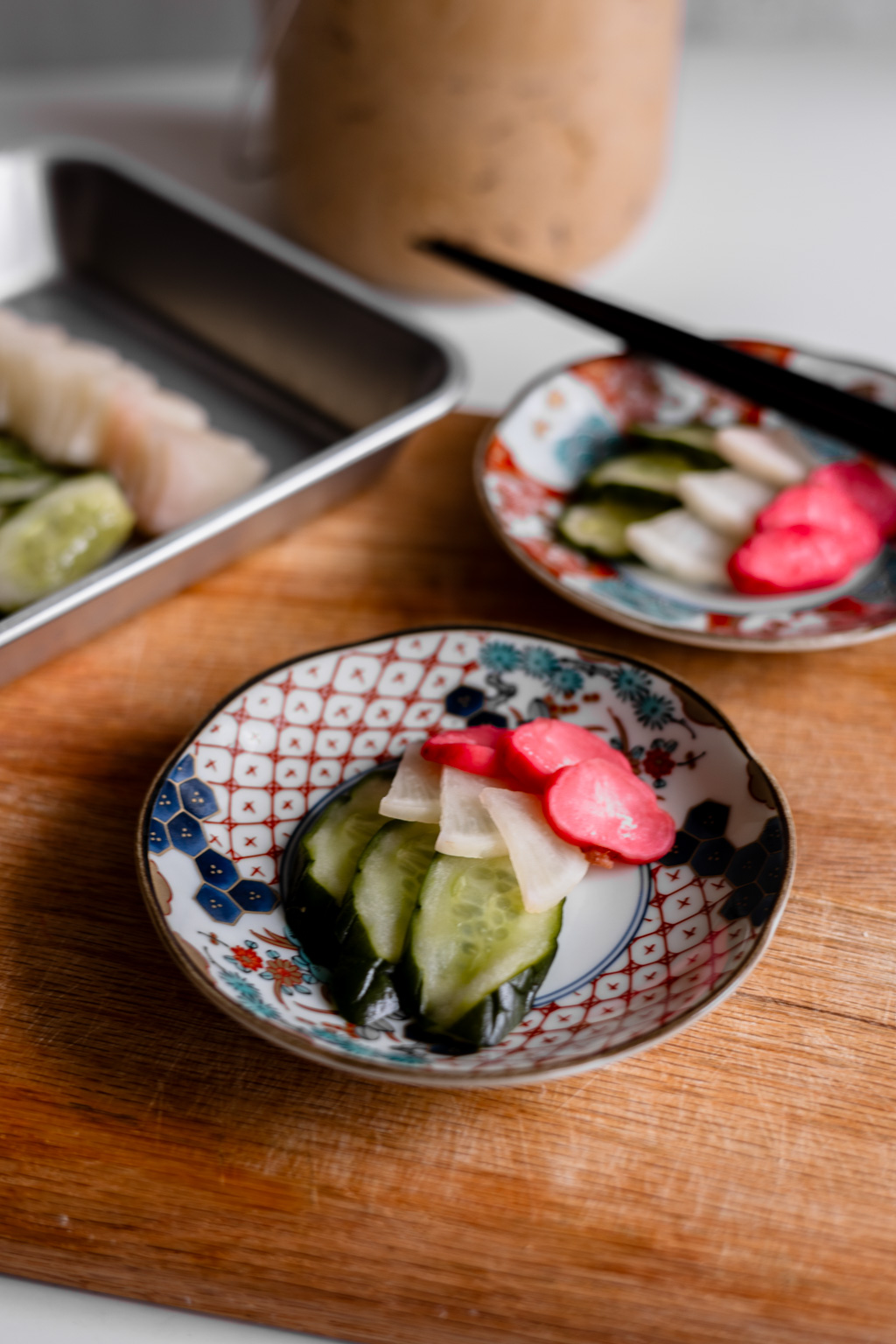
We love discovering and sharing simple recipes that you can make at home. They make for a healthier option than store-bought products. Follow us on our Instagram to get the latest updates.
xoxo, Joe
Vegetables Misozuke (Miso Pickled Vegetables)
Ingredients
- For the Ingredients to Pickle (read the blog post for more suggestions)
1 cucumber
1 white radishes (6 oz, 170 g)
5 red radishes (8.8 oz, 250 g)
Methods
- Prepare your vegetables
- Start by cleaning and drying your vegetables well. Use salt to rub the dirt and bitterness of the vegetables, and rinse it well under the water. Dry them well using a kitchen towel or towel.
- Cut the vegetables into smaller sizes. For white radish quarter it, cucumber cut it into sections and for the small vegetables like the red radish, you can just leave them as it is.
- Marinate them
- Pour half of the misozuke into a jar. Put your cut vegetables in it and fill and cover it with the remaining misozuke. Store in the refrigerator. Depending on the ingredients, the misozuke is ready in 2–3 hours to 2–3 days.






No Comments